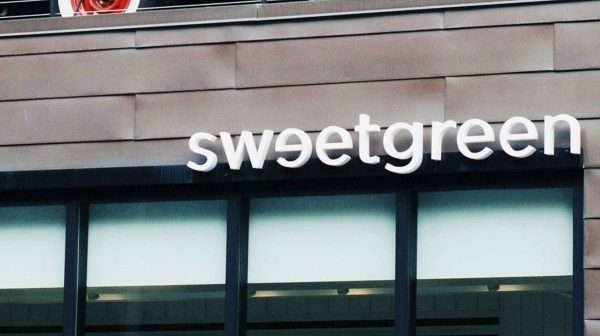As the pandemic continues, the Pret Index shows mixed results.
First the good news: Business is booming at Pret A Manger shops in London’s City and Canary Wharf financial districts as area employees migrate back to their offices.
As we noted here last May, Bloomberg gathers data from Pret eateries in London and worldwide to create the “Pret Index,” which tracks the flow of WFHers returning to the workplace as an indicator of economic recovery. Sales back then had slipped dramatically from pre-pandemic levels, and several UK Prets, their survival dependent on walk-in trade, were shut down. Now, according to the index, business at the London Prets “is almost entirely back to normal.”
But the outlook is less sanguine at the dozen or so Prets in and around Manhattan’s Financial District, where transaction activity remains down by about 50%, even as financial firms begin restaffing their trading floors. The Pret just up Broad Street from Carpenter Group’s offices has been closed since last spring.
That said, the Pret Index sheds little light on why New York should lag so far behind London. But as we struggle to find meaning and order in a world turned upside-down, indexes may offer a comforting if illusory sense of certainty. The Pret Index represents one such effort; what we call the Hasbro Index is another.
It’s hardly a surprise that the 2020 “shelter-in-place” advisories created a bull market for purveyors of puzzles and board games. According to market research firm Euromonitor International, game sales grew by nearly $1 billion worldwide in 2020. And Hasbro, maker of standbys like Monopoly, Risk and Scrabble, saw a 20% sales bump.
While we wish only good things for companies that have given the world so much rainy-day joy, there is no escaping the reality that a rising Hasbro Index means people aren’t getting out much. The end of the pandemic would presumably bring the numbers down.
Hasbro is also the company behind Jenga, a game that suggests to us an indicator of its own—the Jenga Index. In recent years, Jenga has become a well-worn metaphor for precariousness, instability and the interconnectedness of everything—geopolitics, public health, climate change, economics, the social fabric, the very future of civilization.
On the face of it, those are not desirable brand attributes, but they’ve put the Jenga brand in a spotlight other game makers would envy. Using the New York Times search engine, we found that the use of “jenga” in Times articles increased steadily, year over year, from 2017 (16 references) to 2020 (31), as in:
- Life right now feels a lot like a game of Jenga. (4/30/21)
- We love pickles, spreads, and sauces, but we can’t ever seem to finish them. This used to result in a Jenga-like situation in my fridge. (6/23/21)
- Containers are stacked on ships in configurations set by their destinations. A sudden change in plans means moving the stacks around like a Jenga game. (3/6/21)
- A cantilevered 60-story skyscraper at 56 Leonard Street, [is] sometimes called the Jenga Building because of its shape. (10/2/20)
Last year’s Jenga Index was down somewhat from 2020, with only 15 Jenga mentions. The implication is that as we move toward putting the pandemic behind us, (or believe we’re putting it behind us) we’re feeling somewhat less shaky—and that rejiggering a single piece won’t bring the entire rickety structure crashing down. One can only hope.




